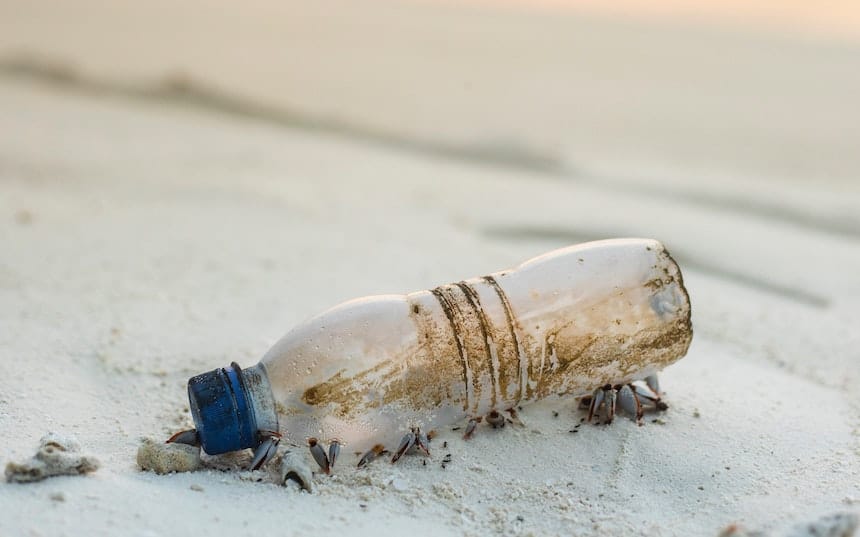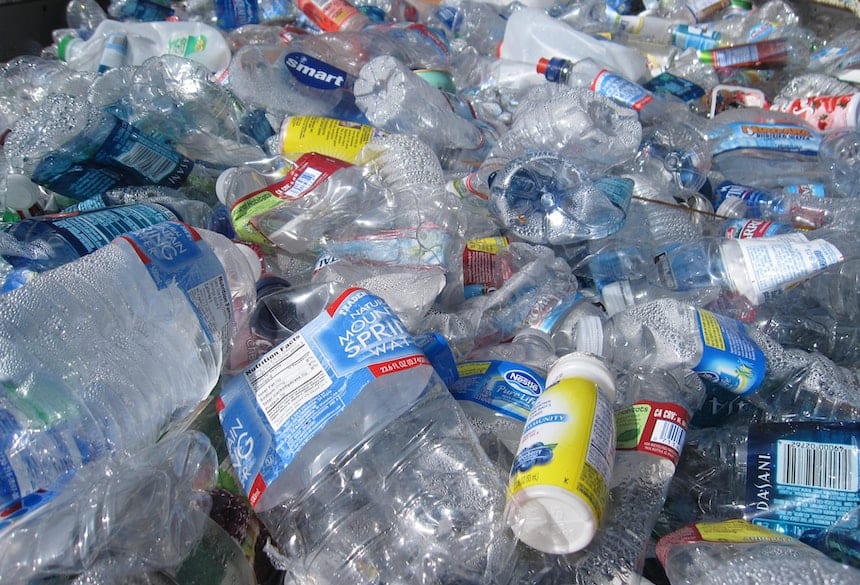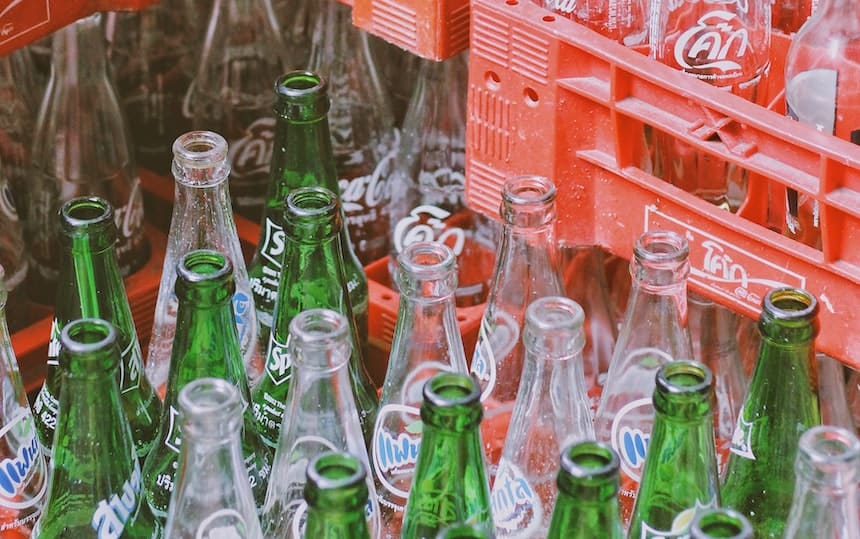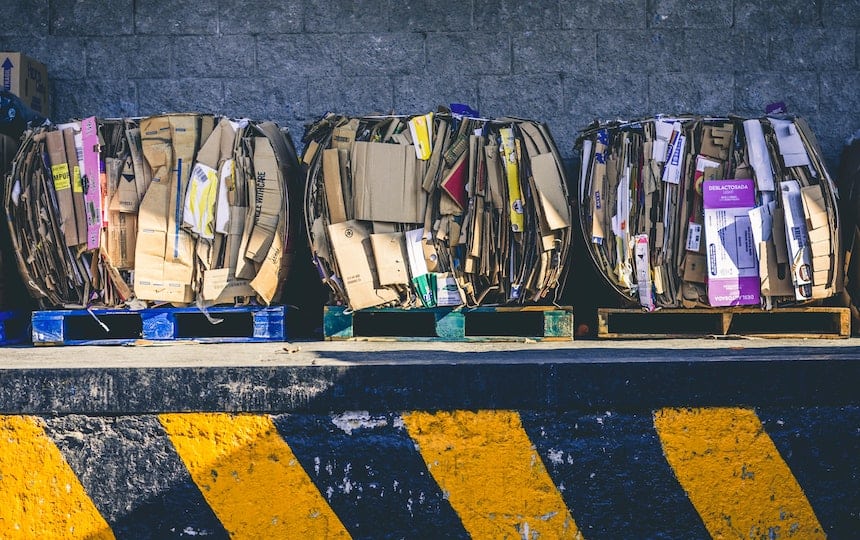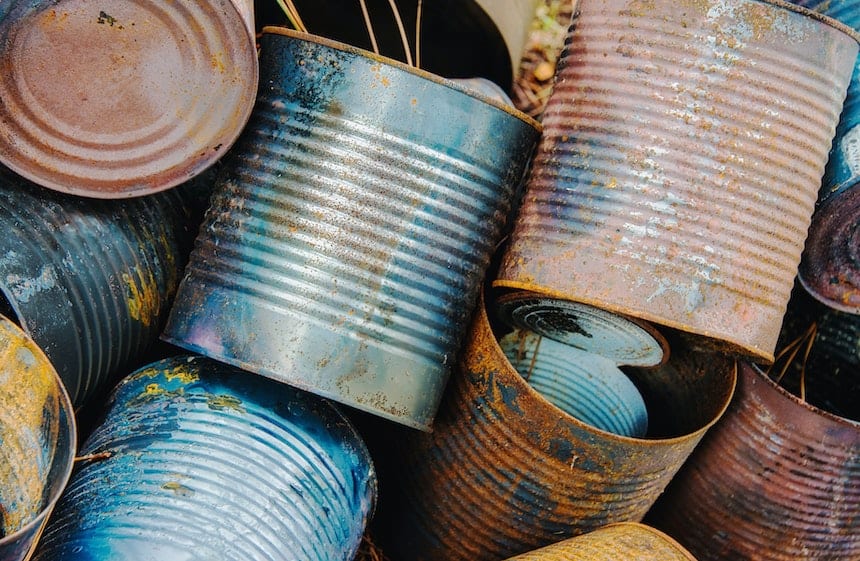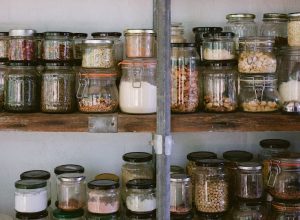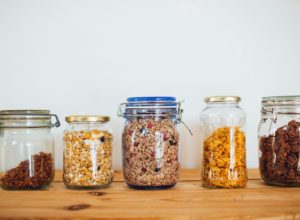Is it time to audit your recycling routine? Here’s our guide to recycling correctly.
Recycling is a flawed process, as the crisis in recent years has shown us. It is on all of us to not only recycle, but to recycle properly. Here is our earth centred guide on how to recycle. Are you ready to revamp your recycling routine?
Plastics
Only about 16% of all the plastics shot into the recycling system actually end up coming out the other end as a recycled product. The rest (horrifyingly) goes to landfill. Given their long potential for environmental damage, plastics are understandably an important item to deal with right.
Reducing your plastic use is the first step in reducing the amount of recyclable plastic waste you produce that ends up in landfill. But for those items that you can’t find a zero waste hack for, then here are some recycling tips:
Which number is which?: Different councils accept different types of plastics, identified by a handy number. Familiarise yourself with your local council’s rules on which plastics they will and won’t accept.
Soft Plastics: To recycle soft plastics (like plastic bags, bubble wrap, the openings on tissue boxes or chip and biscuit packets) take them to a REDcycle bin near you. Most council’s will not deal with these.
Polystyrene: Polystyrene is a type of plastic that can only be recycled by directly taking it to a specialised facility. But it can be handily reused at home in wicking beds, cold frames, eskies and for insulation.
Plastic coating: Some composite items are recycleable and some are not. Coffee cups are famously glorified plastic bags, which cannot be recycled. Though some are compostable or biodegradable and all make great seedling containers.
Most council’s will accept cartons (both fresh milk and juice cartons and longlife juice and milk cartons). Recycling them though can be complicated and is supported by a lot of spin from the industry that produces them.
Batteries
Batteries are a hazardous material and you should never throw them in your landfill or recycling. But, batteries can be recycled again and again if you buy rechargeable batteries instead of wasteful single use ones.
And once any battery reaches the end of it’s useable life it can be recycled via a battery recycling program or waste recovery centre.
Get fortnightly ideas and inspiration to your inboxIf you are human, leave this field blank.
Glass
Glass jars and bottles can be truly recycled into… more glass jars and bottles! But they can also be reused again and again when you pickleand preserve at home.
Making tomato passata, jams, beer and vinegars reduces your household use of glass. And opens up opportunities for you to reuse other people’s spares too!
Paper and Cardboard
About 60% of pape r and cardboard put in a yellow bin gets recycled in Australia. And while paper and cardboard are often seen as the “green” alternative to plastic, they do come with an environmental bill of their own.
This includes their high water and energy usage in production and transportation. As well as their potential to create methane when sent to landfill instead of being recycled or composted. So just like plastics, single-use papers and cardboards should be avoided.
But when you can’t, make sure you recycle them properly. Like all recycleables, it’s best not to send small bits off into the recycling ether. Instead, anything smaller than your fist should be treated as useful compost carbon. Or used for mulching in the garden. Flattening boxes and removing stickytape is not essential, but will mean they are recycled much more effectively.
Metals
Metals win the medal for most recycled recycleable in Australia! Around 90% of metal items sent to be recycled are succesfully repurposed. Metals have a high value – whether they are aluminium or tin. Small metal items can be recycled too. Just make sure to collect them before tossing them in the yellow bin.
Beer caps can be collected in a larger tin, then crimped closed. And aluminium foil can be saved until you get it to a softball size. The fact that these will likely be recycled means this extra effort is really worth it. But just like with glass, much of your metal usage can be reduced when you preserve at home.
Lid on or off?
Small items (smaller than your fist) won’t pass the first sift of recycling sorting and will mostly end up in landfill. Thus, generally, it’s advised that you crush plastic bottles, then screw the lid back on, or leave smaller metal lids on glass jars.
The advice, however, varies from council to council. This is because all use different recycling contractors that use different sorting processes and facilities. So, if you actually want your recycleables to have a chance of being recycled, familiarise yourself with your local council’s guide and then follow it.
To rinse or not to rinse?
Items that are clean and dry have the best chance at running the recycling gauntlet. But most recycling facilities can deal with a small amount of contamination. Like a few crumbs or grease marks. So if you have something that falls into the latter category and you don’t have the time or the inclination to dry it, then it should be fine to go straight in your recycling.
Paper and cardboard items that are contaminated with food and can’t be cleaned (because they will disintegrate) can have a second life in your compost bin.
So there you have our earth-centred recycling basics! For more detailed information always check your local council regulations. For other items check out the National Recycling Week guide.

